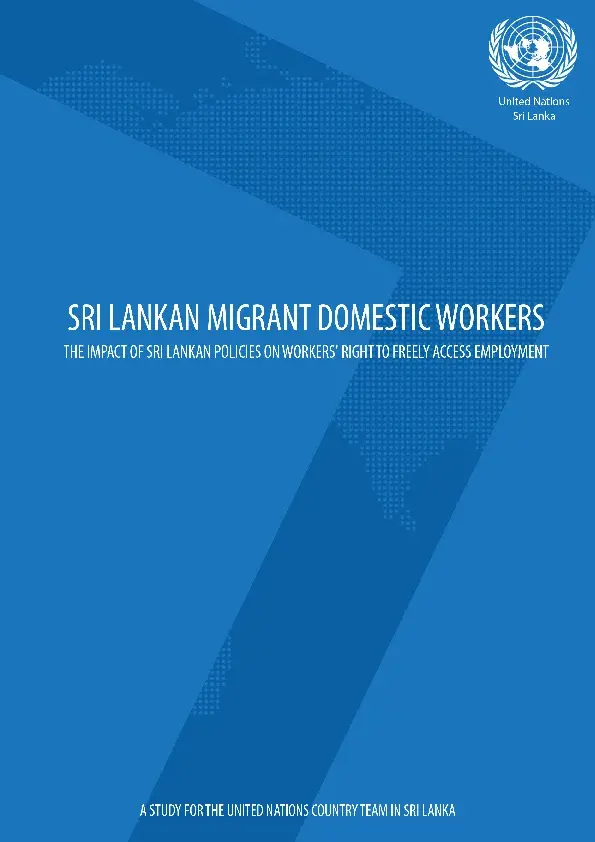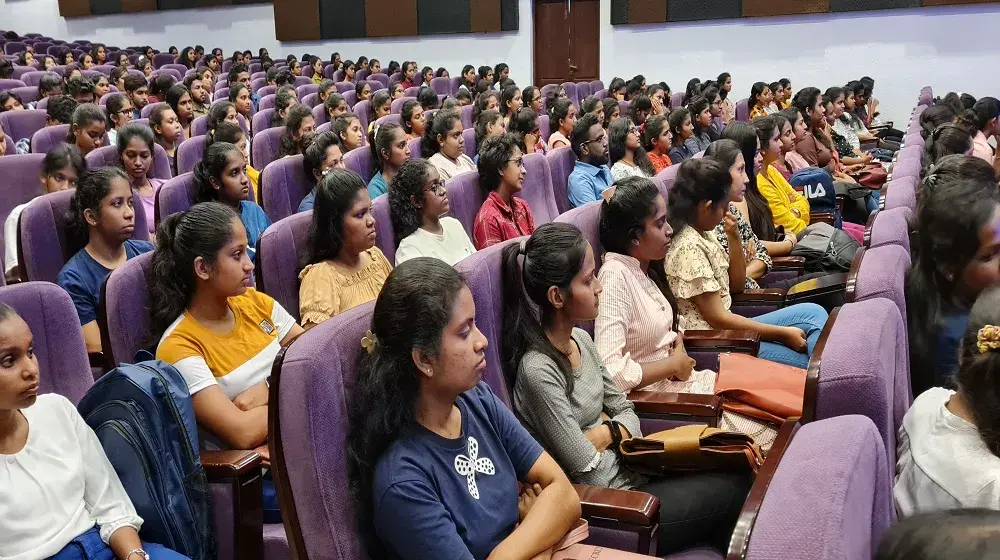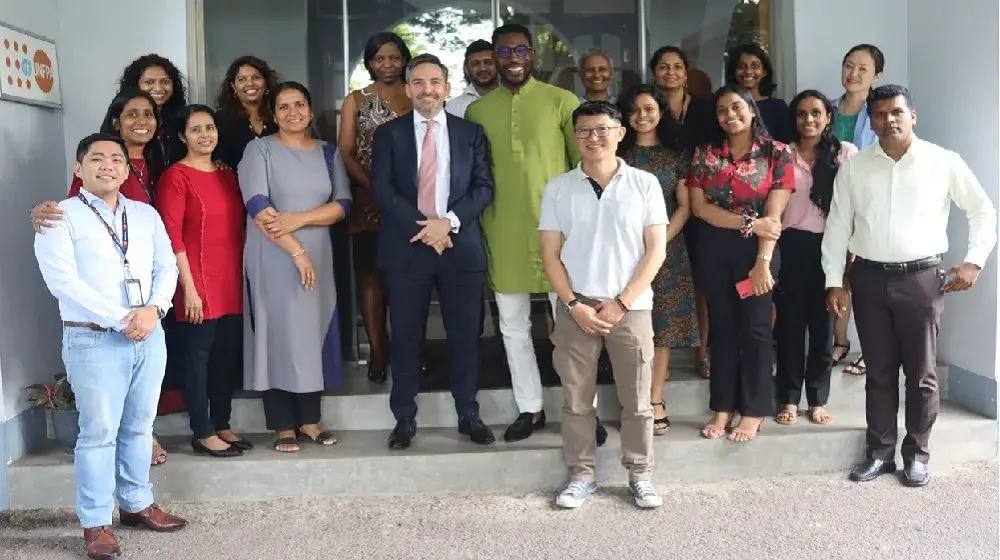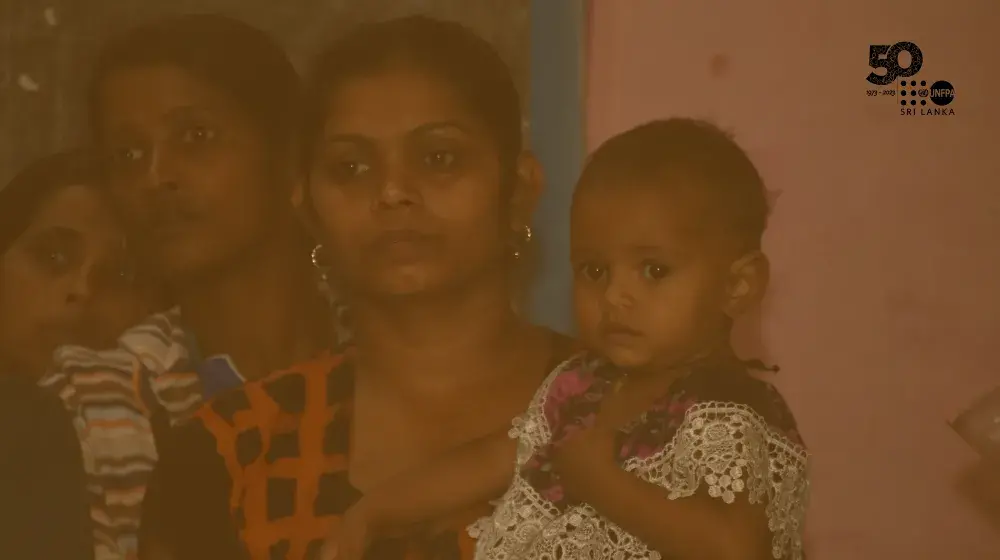Sri Lanka has, since the late 1970s, been a country of origin for low skilled labour migrants. According to the 2012 Annual Statistics of the Sri Lanka Bureau of Foreign Employment, approximately 1.8 million Sri Lankans are working abroad of which 51% are men and 49% are women. Of the share of female migrants, a total of 42% migrated as domestic workers. Migrant worker remittances are the key foreign exchange earning source for Sri Lanka, amounting to 8% of the country’s GDP in 2013 (USD 7 billion), and a source of economic development for nearly one-third of the country’s population. Given the significance of the migrant worker’s contribution to the country, the Government of Sri Lanka has an extensive regulatory framework governing migration to ensure the safety, protection and well-being of migrant workers.
The United Nations in Sri Lanka commissioned this study to examine the range of policies, action plans and circulars in place to ensure the protection and welfare of migrant workers and their families. As such, the report serves to contribute to a better understanding of the impact of these policy instruments on workers’ right to freely access employment of their choice. The report also provides an overview of what measures are in place to create income generating opportunities for women in Sri Lanka and the availability of child care support mechanisms which could contribute to changing the push factors that lead to labour migration.





